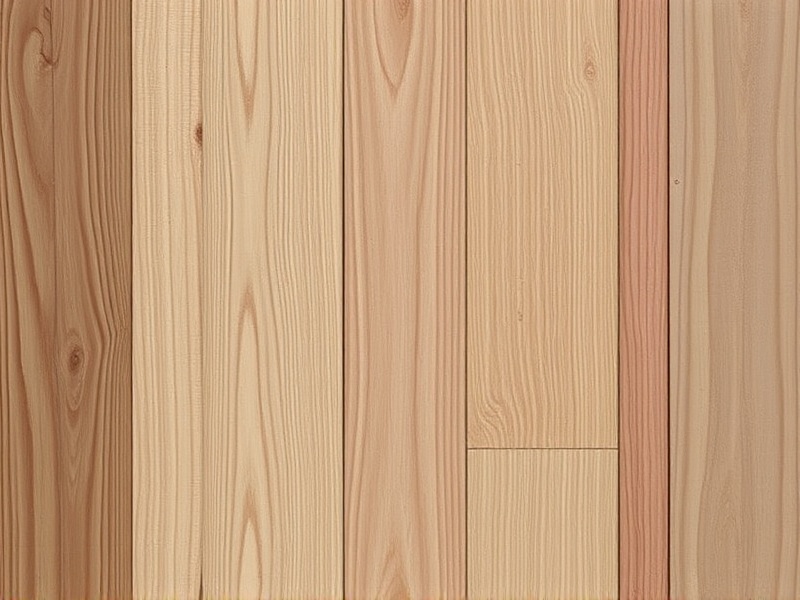Our Location
304 North Cardinal St.
Dorchester Center, MA 02124
Explore the diverse range of composite wood products known by different names. Understand how they are manufactured and why they are popular in the building industry.

Composite wood, also known as engineered wood, is a versatile material that has gained immense popularity in construction and home improvement projects due to its cost-effectiveness and durability. This article delves into the various terms used for composite wood, such as Medium-Density Fiberboard (MDF), Oriented Strand Board (OSB), and Plywood. Each type of composite wood has unique properties and applications, making them indispensable in modern construction.
MDF is a type of composite wood formed by breaking down hardwood or softwood residuals into wood fibers, often in a defibrator, combining it with wax and resin binder, and forming panels by applying high temperature and pressure. It is commonly used in furniture, cabinetry, and other decorative applications due to its smooth surface and ability to be easily painted or laminated. The process of creating MDF ensures uniform density throughout the board, which allows for precise cutting and machining without splintering.
OSB is another form of composite wood made from strands of wood arranged in layers oriented at right angles to one another. These layers are then bonded together with waterproof wax and resin adhesives under high pressure. OSB is widely used in construction for sheathing walls, floors, and roofs due to its strength and dimensional stability. Its open structure also makes it ideal for applications requiring ventilation.
Plywood is created by gluing thin sheets of wood veneer together with adjacent plies having their grains rotated up to 90 degrees to one another. This cross-graining reduces splitting when nailed at the edges and provides excellent strength against torsional forces. Plywood is extensively used in flooring, paneling, and structural framing because of its high strength-to-weight ratio and resistance to moisture.
The widespread adoption of these composite woods can be attributed to several factors including their affordability, ease of handling, and adaptability to various finishes. Additionally, they offer environmental benefits by utilizing wood waste and by-products, thus reducing deforestation and promoting sustainable practices in the timber industry.
Understanding the different types of composite wood and their specific uses can greatly enhance your project planning and execution. Whether you’re looking for a smooth finish for furniture or a robust material for structural components, knowing what composite wood is called and how it’s manufactured will help you make informed decisions. As we move towards more sustainable building methods, the importance of composite woods like MDF, OSB, and plywood will only continue to grow.